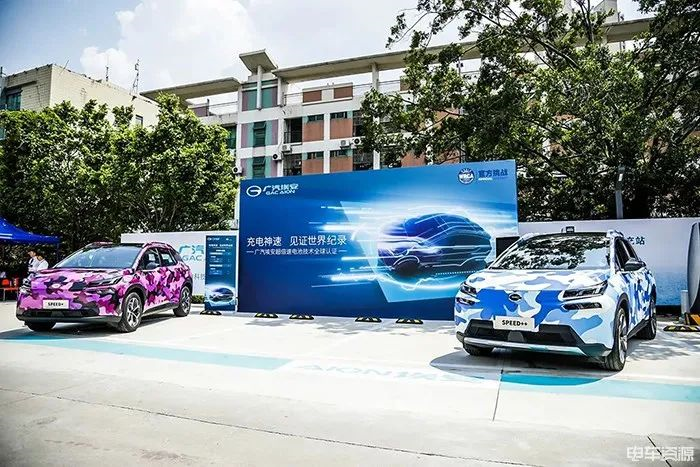Author: Junior Brother
From 30 kWh to 90 kWh, from 100 to 150 kWh, battery manufacturers have been continuously improving the “range anxiety” label on electric vehicles over the years, from less than 200 km to now 600, 700 km, and even over a thousand.
However, even so, there are still many uncertainties when it comes to charging, such as waiting time, faults, and low efficiency. For example, with a 60 kW fast charger according to the national standard, it takes 1-2 hours to fully charge a 60 kWh battery. When it comes to a 100 kW battery pack, the charging time often exceeds 3 hours.
Therefore, it is more accurate to say that the anxiety caused by the need for charging is the crux of the matter, rather than the range anxiety.
In the past, new forces like NIO in battery swapping or Tesla, XPeng in supercharging were the favorite things to do. However, traditional automakers such as Porsche and Volkswagen are also constantly exploring supercharging technology. For example, GAC Aion released the fastest charging super battery technology in August this year, and with the release of Aion V Plus in early September, this technology officially entered the mass production phase.
So, how does GAC Aion’s super battery + A480 charging station achieve the process of charging for five minutes and driving for 207 km?
Super Battery: Not a Graphene Battery
- Supports the fastest 6 times charging rate and 880 V high voltage platform;
- Uses high porosity coated ceramic diaphragm + high-power electrolyte;
- Greatly improve migration rate, insertion rate, and conductivity.
Speaking of batteries, it is probably well known that lithium-ion batteries are still one of the most mainstream batteries. They are mainly composed of positive electrode, diaphragm, negative electrode, collector, and electrolyte. Among them, the cylindrical cell is most commonly made up of the same size of positive electrode, diaphragm, and negative electrode. The positive electrode, separator, and negative electrode are all soaked in the electrolyte, which is used to provide a pathway for lithium ions to migrate.
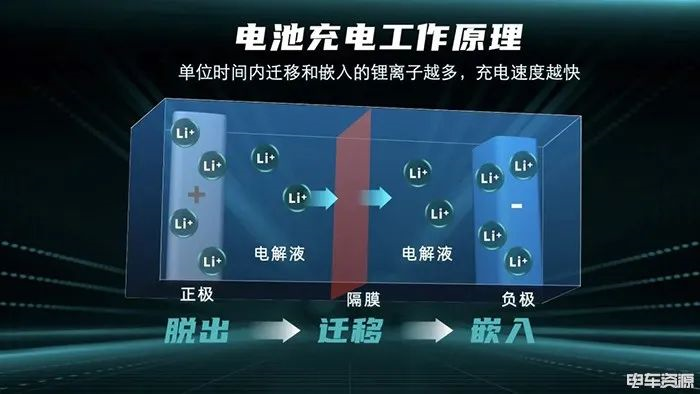 The basic logic of lithium-ion batteries is that lithium ions depart from the positive electrode, pass through the diaphragm and electrolyte, and reach the negative electrode. The more lithium ions migrate and embed during the detachment, migration, and embedding process, the faster the charging speed. The underlying logic of the ABB speed battery is to improve efficiency in this migration and embedding process.
The basic logic of lithium-ion batteries is that lithium ions depart from the positive electrode, pass through the diaphragm and electrolyte, and reach the negative electrode. The more lithium ions migrate and embed during the detachment, migration, and embedding process, the faster the charging speed. The underlying logic of the ABB speed battery is to improve efficiency in this migration and embedding process.
However, from the ABB press conference, there was no mention of any changes in the lithium ion detachment rate, so there should be no new technology in this regard. Lithium-ion batteries first need to remove lithium ions from the positive electrode and then enter the electrolyte, and then migrate to the negative electrode and embed themselves. Therefore, the migration rate in this process, plus the embedding speed, is crucial, which is the core of the ABB speed battery.
The existence of “diaphragm” should be mentioned here. Its main function is to absorb the electrolyte, prevent internal short-circuiting of the positive and negative poles, and allow lithium ions to conduct. Since the existence of the diaphragm will increase ionic resistance, but the porosity of the diaphragm is limited, it means that the area of contact between the electrolyte and the electrode is also limited.
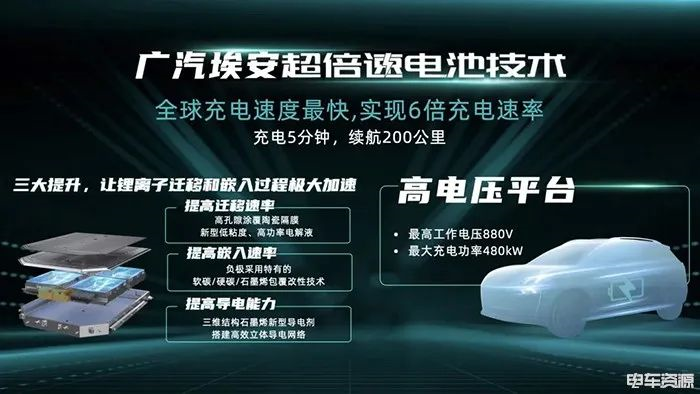
Therefore, the microporous structure leads to an average longer conduction path for lithium ion current. Improving the thickness of the diaphragm, increasing the porosity, and enlarging the aperture can effectively reduce ionic resistance and improve the charging efficiency of batteries.
Although ABB did not mention specific data, the thickness of the diaphragm for commercial lithium-ion batteries on the market is generally between 20-30 microns, and the porosity is around 40-70%. Combined with known data, ABB may adopt a higher porosity rate, which is expected to be close to 70%.
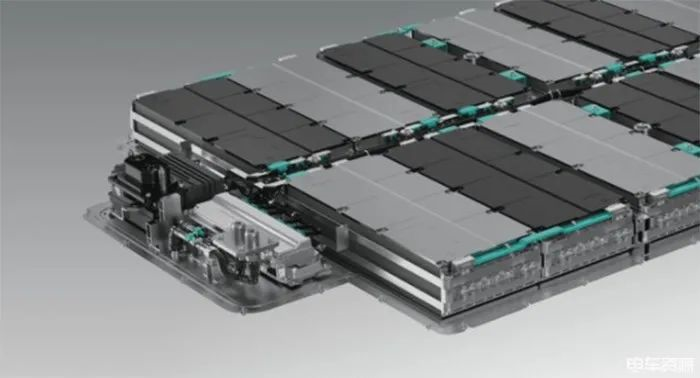
From currently known information, ABB’s increase in diaphragm porosity coverage is to improve the migration rate. In addition, the “graphene” material mentioned above also appears in ABB’s battery pack.
Note: Graphene appears in the form of a conductive additive because of its strong conductivity, and it is not a so-called “graphene battery”.
At the same time, due to the low efficiency of lithium-ion embedding, ABB has also processed the negative electrode inside the battery by wrapping it in soft carbon, hard carbon, and graphene. More importantly, the 880 V high-voltage platform allows ABB’s speed battery to achieve a maximum charging power of 480 kW.
The difficulty of the entire battery technology lies in this 880 V high-voltage platform. In order to achieve fast charging, the charging power must have high and strict requirements, and higher requirements must also be met for the battery system’s life, safety, and system thermal management. Although ABB did not disclose too many details in this regard, we believe that ABB has made corresponding adjustments in the specific energy, specific power, charging interface, and battery thermal management aspects.## A480 Charging Station: Stronger than Tesla V3?
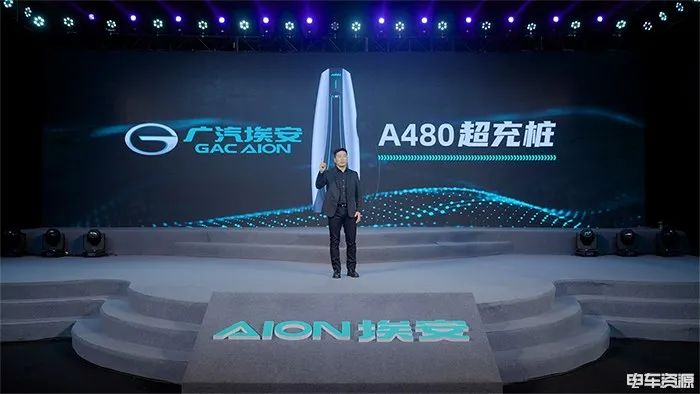
Since the battery charging technology has been developed, a more efficient charging station must be equipped to realize fast charging and achieve its significance. Therefore, the second product that appeared at the press conference was the A480 Super Charging Station.
Quick introduction to A480 Super Charging Station:
- Maximum charging power of 480 kW, maximum power of 1000 V, and current of 600 A;
- The charging station uses a liquid-cooled charging system to reduce overheating failures of the charging station.
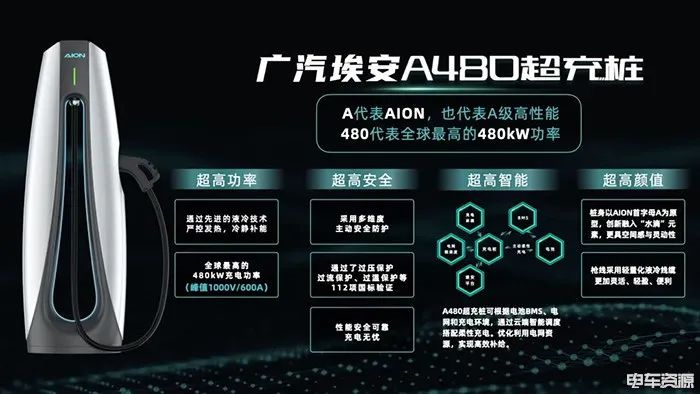
The so-called liquid-cooled charging system has been mentioned many times in the industry. The Tesla V3 Super Charging Station also has a liquid-cooled charging system with a maximum power output of 1000 V. The liquid cooling system circulates the coolant in a closed channel for heat dissipation. The cooling effect is achieved through a compressor and expansion valve for gas conversion and temperature control, and the heat is emitted by the condenser.
The main advantage is to reduce the idle power loss and electricity bill of the charging station while reducing operating costs. At the same time, it does not directly exchange heat with the outside air, avoiding the adverse effects of dust, humidity, and other environmental factors on power and electrical components, especially in harsh environments. Secondly, the dust-tightness and heat exchange design of the liquid cooling module system can effectively ensure the clearance with other electrical components, reducing electrical short-circuits and fault rates caused by corrosion and other factors.
In terms of charging power, Tesla V3 Super Charging Station currently has a charging power of 250 kW, while the charging power of the A480 charging station released by EAON can reach 480 kW. Although the logic of the two is extremely similar, EAON’s charging power is almost twice that of Tesla.
Final thoughts
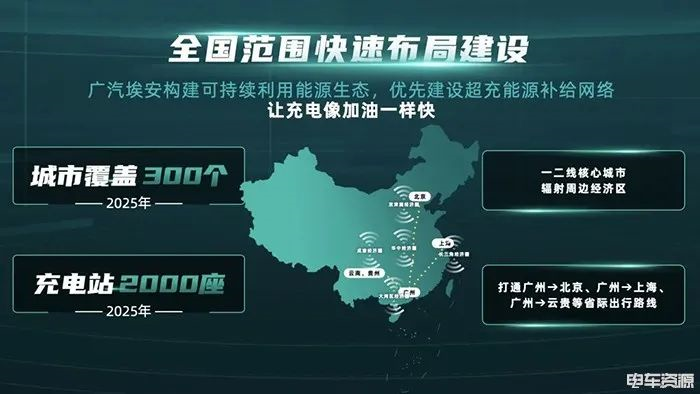
It is reported that GAC EAON is accelerating the construction of a sustainable energy eco-system integrating people, cars, charging stations and networks, and plans to complete the layout and construction of more than 100 super-fast charging stations this year. By 2025, GAC EAON will build 2,000 super charging stations nationwide, covering 300 cities.With the upcoming launch of the brand new EAN AION V Plus equipped with fast-charging batteries, a new player will enter the game of the consumer experience of supercharging in new energy electric vehicles. So, let’s wait and see how impressive it will be to charge for five minutes and drive for 200 km!
This article is a translation by ChatGPT of a Chinese report from 42HOW. If you have any questions about it, please email bd@42how.com.
